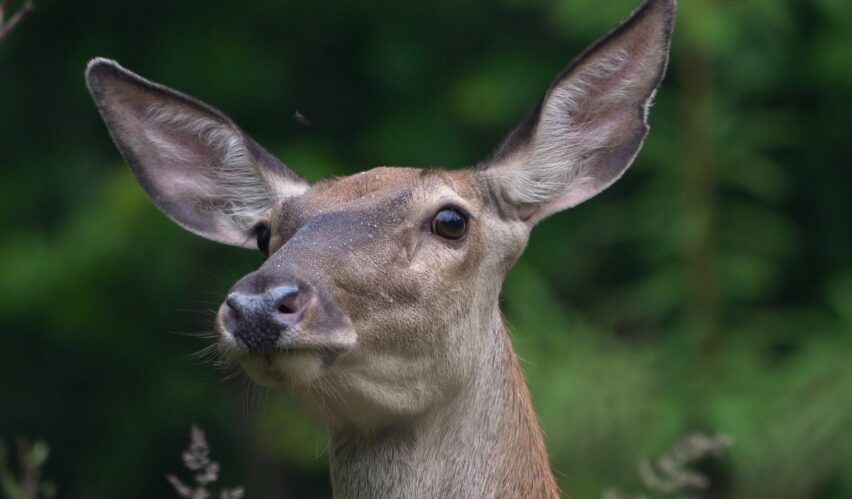Hello, Deer Lovers! 🦌 I’m here to share some fascinating insights about female deer, known as does. These creatures are more than just a part of the forest backdrop; they play a crucial role in the ecosystem. Let’s explore the unique world of does together! 🌳✨
Female Deer: The Doe
The term used to describe a female deer is ‘doe.’ This term is most commonly used in reference to the female of smaller deer species such as the white-tailed deer, mule deer, and the European roe deer. Does play a vital role in the lifecycle of deer populations. They are responsible for the nurturing and rearing of fawns, teaching them survival skills necessary for their independent life in the wild.
Physical Characteristics
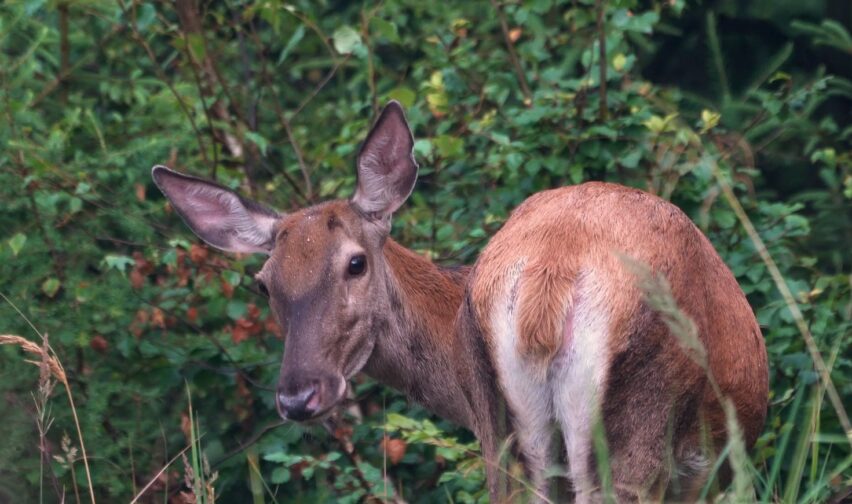
Female deer, or does, often exhibit physical characteristics distinct from their male counterparts, known as bucks or stags. Does are typically smaller and lack the prominent antlers that characterize most male deer. However, they share the same agility and adaptability that make deer well-suited to their respective environments. In some species, like the reindeer, both males and females grow antlers, although the female’s antlers are smaller.
| Characteristic | Male Deer (Bucks/Stags) | Female Deer (Does) |
|---|---|---|
| Size | Generally larger | Smaller in comparison |
| Antlers | Prominent antlers, grow annually | Generally lack antlers; exceptions in species like reindeer where they are smaller |
| Body Structure | Robust, muscular body; thicker neck | More slender and lighter build |
| Role in Reproduction | Mating with does; no role in rearing young | Gestation and nurturing of fawns |
| Behavior | More aggressive during mating season; territorial | Generally more cautious; protective of young |
| Vocalizations | Louder and more varied during mating season | Quieter, with subtle communication for fawns |
| Lifespan | Slightly shorter due to stresses of rut and fighting | Generally longer, barring predation and environmental factors |
| Social Structure | Often solitary or in small bachelor groups outside of mating season | More likely to form larger groups, especially when rearing fawns |
White-Tailed Deer Doe
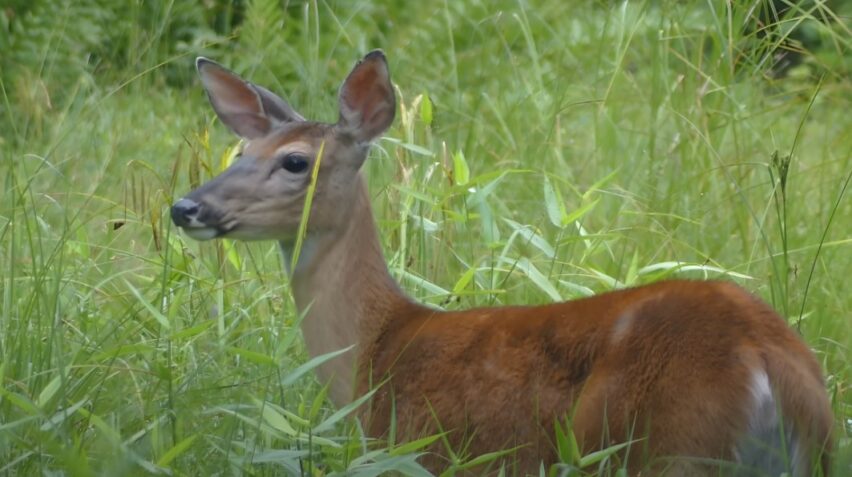
In North America, one of the most common deer species is the white-tailed deer. The does of this species are known for their keen sense of alertness and agility. Female white-tailed deer are especially protective of their young, often going to great lengths to ensure their fawns are hidden from predators. These does are also known to be highly adaptable, thriving in both forested and suburban areas.
Mule Deer Doe
Mule deer, found in the western regions of North America, have distinctively large ears, resembling those of a mule. The does in this species are recognized for their ability to traverse rough terrains, such as mountainous regions and desert landscapes. Mule deer does are particularly adept at finding water sources, which is crucial for their survival in more arid environments.
European Roe Deer Doe
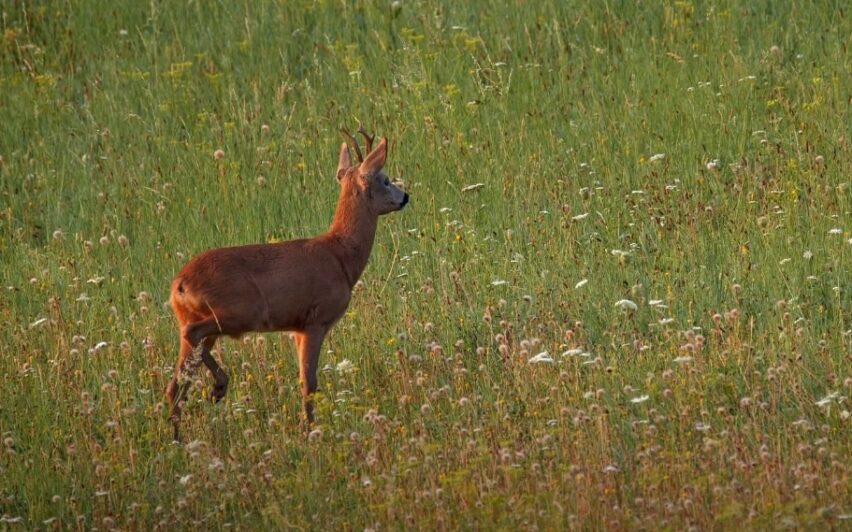
The European roe deer, smaller in size compared to their North American counterparts, are spread across Europe and into parts of Asia. The does of this species exhibit strong territorial behaviors, often maintaining and defending their territories. They are also known for their unique reproductive process called delayed implantation, where the embryo doesn’t immediately implant in the uterus after fertilization.
Reindeer (Caribou) Doe
In the case of reindeer, found in the Arctic and Subarctic regions, both males and females grow antlers, which is quite unique among deer species. The female reindeer, or doe, plays a vital role in her herd’s migration, often leading the long treks in search of food. The resilience and endurance of these does are remarkable, particularly in the harsh and cold environments they inhabit.
Red Deer Doe
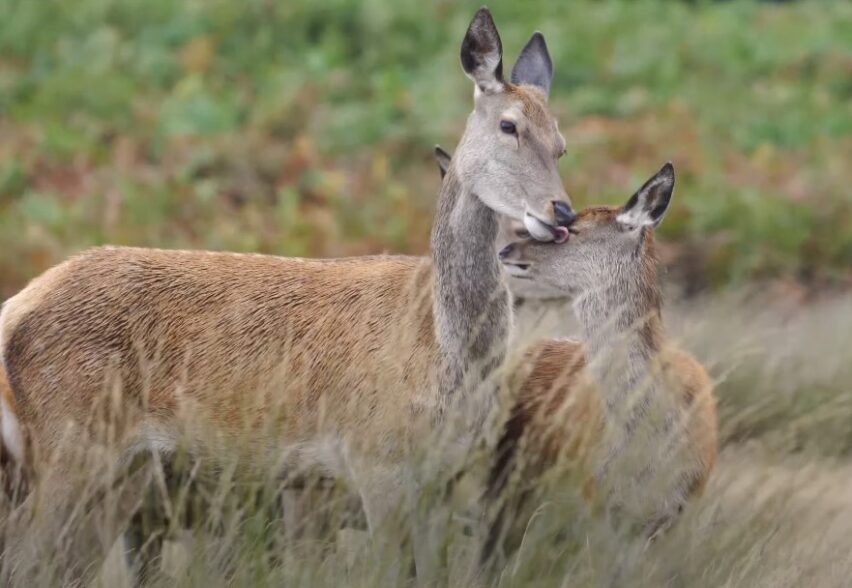
Red deer are one of the larger deer species and are widespread in Europe, Asia, and parts of North Africa. The does, known as hinds in the case of red deer, are central to the herd’s social structure. They are known for their strong maternal instincts and usually give birth to a single calf after a gestation period of around 240 days.
Reproduction and Maternal Behavior
Reproduction is a critical aspect of a doe’s life. The mating season, known as the rut, varies depending on the species and geographical location. During this period, does become the focus of attention for bucks. After mating, the gestation period in deer lasts from 180 to 240 days, depending on the species. Does usually give birth to one to three fawns at a time. Post-birth, does are highly protective and nurturing, providing milk, warmth, and protection to their fawns.
Habitat and Diet
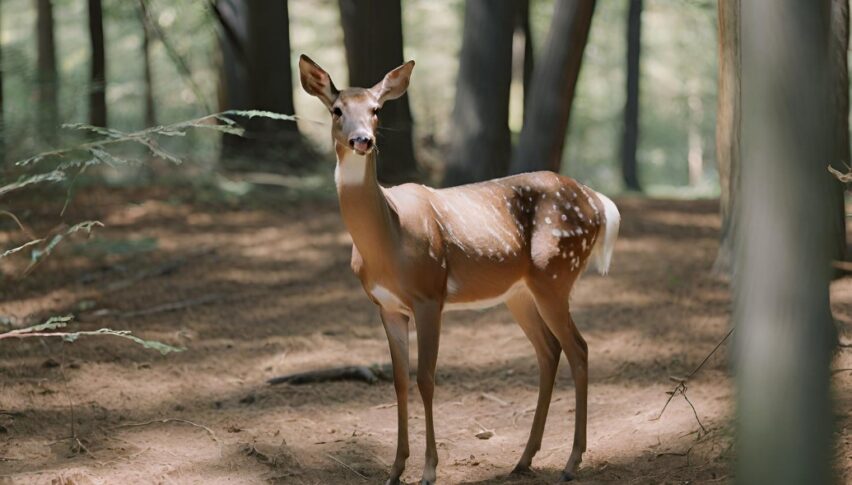
Deer, including does, are adaptable creatures found in a variety of habitats ranging from dense forests to grasslands and even in semi-urban areas. Their diet primarily consists of vegetation, including leaves, twigs, fruits, and nuts. Does require a diet rich in nutrients, especially during pregnancy and lactation periods, to ensure the health and survival of their fawns.
- Dense Forests 🌳🍃 – The classic home where deer love to roam, hide, and play.
- Grasslands 🌾🌼 – Open spaces perfect for grazing and spotting predators from afar.
- Semi-Urban Areas 🏡🌲 – Surprisingly adaptable, deer can often be seen exploring our backyards!
- Leaves 🍁 – A deer’s salad; they love munching on these.
- Twigs 🌿 – Not just sticks, but a source of nutrition for our antlered friends.
- Fruits 🍎🍐 – Nature’s candy; deer enjoy these sweet treats.
- Nuts 🌰 – A crunchy snack packed with energy.
And for the lovely does, especially:
8. Nutrient-Rich Foods 💪🥗 – Essential for pregnant or nursing does, ensuring their little fawns grow up strong and healthy.
Predation and Survival Strategies
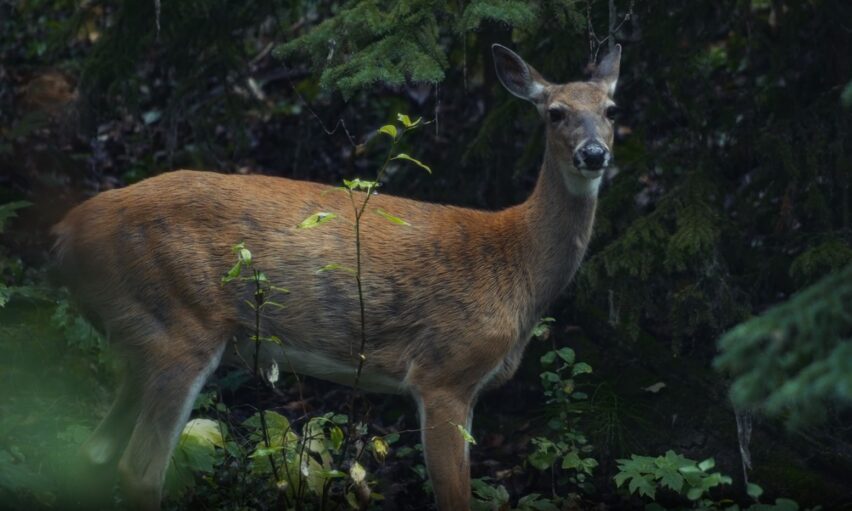
Does, like all deer, face various threats from predators such as wolves, coyotes, and big cats. Their survival strategies include acute senses of hearing and smell, speed, agility, and a natural cautiousness. Does often use their keen instincts to protect their young from predators, leading them to safer areas or standing as a barrier between their fawns and potential threats.
Conservation and Human Impact
The conservation status of deer varies by species. While some species are abundant, others face threats from habitat loss, hunting, and climate change. The role of does in maintaining deer populations makes their conservation crucial. Human impact on deer populations is a complex issue, involving factors like urban development, hunting regulations, and wildlife management practices.
FAQs
Can does have antlers, and if so, why?
Yes, in some species like the reindeer, female deer can have antlers. This is rare and usually occurs due to unique hormonal balances, serving purposes like warding off predators or competing for food.
How long do does live in the wild?
The lifespan of a doe in the wild typically ranges between 6 to 14 years, depending on factors like predation, habitat conditions, and availability of food.
Do does exhibit any unique behaviors during the rutting season?
During the rut, does may become more selective and exhibit behaviors like increased movement and vocalizations to attract suitable mates.
Are female deer solitary or social animals?
Female deer are generally more social compared to males. They often form groups, especially when rearing their young, for better protection and resource sharing.
How do does contribute to the ecosystem beyond rearing young?
Does play a crucial role in their ecosystems by aiding in vegetation control, which helps maintain a balanced environment, and acting as prey for predators, thus contributing to the food chain.
What is the main diet of a doe?
Does primarily feed on a variety of vegetation including leaves, grasses, fruits, and nuts. Their diet can change seasonally, depending on the availability of different food sources.
Final Words
That’s all on the amazing world of does! 🌟 It’s incredible how these female deer shape their environment and nurture the next generation. Whenever you see a doe, appreciate her vital role in nature. Thanks for joining me on this journey to understand these forest wonders! 🦌💚🌍

